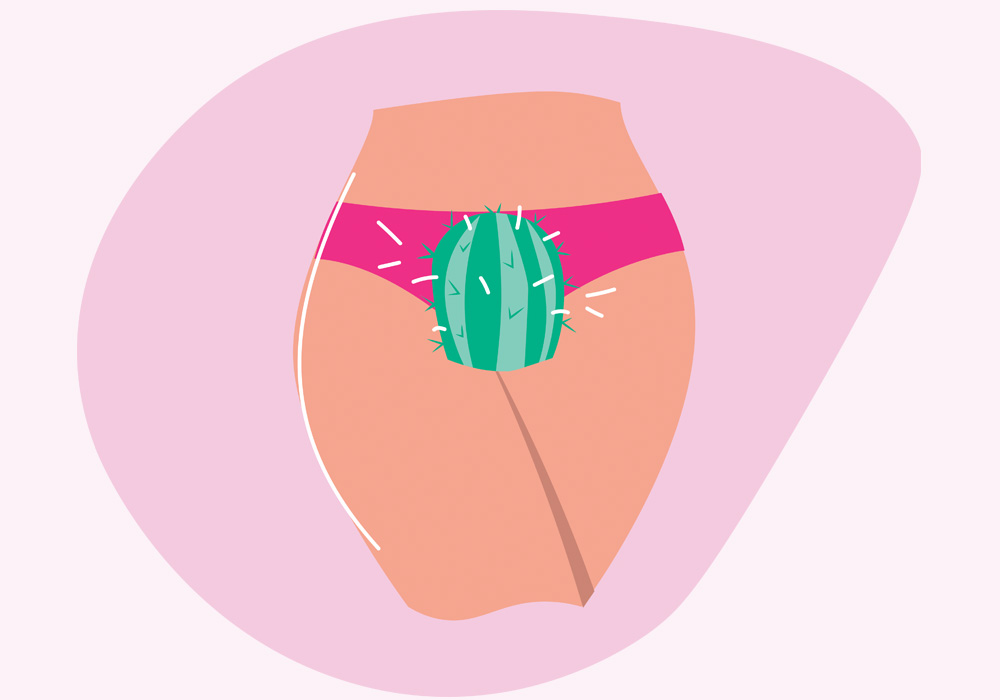Urinary tract infections (UTIs) are among the most common infections affecting the human organism. Specifically, a UTI refers to an infection of the urinary tract caused by microorganisms such as bacteria, fungi, or viruses.

Summer is the season when UTIs commonly tend to rise. This is partly due to activities such as swimming in the sea, which can be a significant contributing factor to UTIs if proper precautions are not taken. Sea water contains a variety of microorganisms, including coliforms and enterococci, which can adhere to the human body. The persistence of sea water on the skin can create an environment conducive to microbial colonization and infection of the urogenital area. Furthermore, urinating into the sea can lead to the passive introduction of these microbes into the urethra. Other factors, such as swimming pool water, sand, wet swimwear, and open, shared toilets, can also facilitate the growth and proliferation of bacteria responsible for UTIs.
Recognizing the symptoms of urinary tract infections
The symptoms of urinary tract infections are usually intense, thus easily noticed. For cystitis (bladder infection), common symptoms include:
- Pain and burning sensation during or after urination
- Frequent urge to urinate, often accompanied by discomfort
- Pain in the lower abdomen
- Presence of blood in the urine (hematuria)
- Cloudy or foul-smelling urine
- Mild fever
Conversely, pyelonephritis (infection of the upper urinary tract, including the ureters and kidneys) presents with:
- High fever and chills
- Severe pain in the back or side
- Frequent urination or difficulty urinating
- Abdominal pain and general weakness
Diagnosis and treatment of urinary tract infections
Diagnosis of a UTI is generally straightforward for physicians and is based on medical history and urinalysis, which includes general urine tests and culture. An ultrasound of the kidneys and bladder may be requested, and further imaging tests may be conducted in certain cases. Treatment typically involves the prescription of antibiotics, analgesics, adequate hydration, and rest. In severe cases, particularly those with high fever, hospitalization for intravenous antibiotics and hydration may be necessary.
Preventing urinary tract infections in the summer: Hygiene and prevention tips
To reduce the risk of UTIs, it is crucial to stay well-hydrated by drinking plenty of water (approximately 2 liters per day), as adequate urine flow is a key defense mechanism against UTIs. Additionally, consider the following preventive measures:
- After swimming in the sea or pool, shower with clean, running water and change into a dry, clean swimsuit.
- Wash swimwear thoroughly after each use and before wearing it again.
- Regularly launder beach towels, rather than simply shaking them off and reusing them.
- Avoid lying directly on the sand; use sunbeds covered with clean towels instead.
- Refrain from sharing towels with others; use your own.
- Visit beaches that have not been deemed unsafe due to contamination.
- For hygiene reasons, avoid urinating in the sea or pool.
- Do not apply creams or perfumes to sensitive areas, and change menstrual products (e.g., sanitary pads, tampons) regularly.
- Use all the appropriate protective measures during sexual activity.
If you experience symptoms of a urinary tract infection or suffer from frequent UTIs, consult your doctor promptly.
